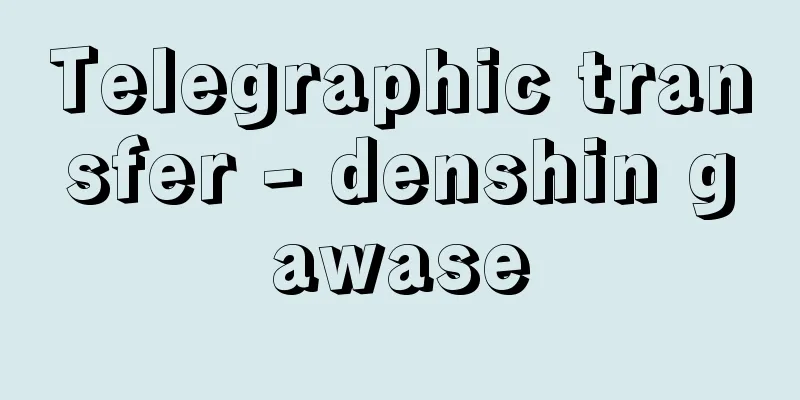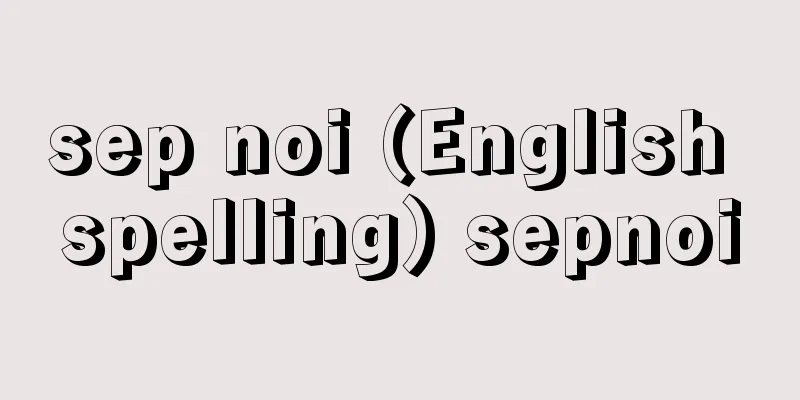Telegraphic transfer - denshin gawase

|
There are two types of telegraphic transfers. (1) One is the telegraphic transfer that was handled by post offices before the privatization of Japan Post. This type of telegraphic transfer was used to send money to recipients on the same day when cash was needed in places without ATMs (automated teller machines), when on business trips, or for gifts or condolence money. It was abolished with the privatization of Japan Post Bank on October 1, 2007, and was not taken over by Japan Post Bank after privatization. Note that telegraphic transfer certificates issued before privatization can be exchanged for cash at the savings counters of Japan Post Bank and post offices during their validity period. The validity period of a telegraphic transfer certificate is six months from the date of issue, and the rights of the sender and recipient regarding the money will expire three years after the validity period has expired. Currently, Japan Post Bank recommends the use of "telegraphic cash payment (payment at the counter)" for urgent remittances to recipients who do not have an account. This involves the transfer of funds from the sender's (sender's) transfer account or general account to the recipient at a Japan Post Bank or post office counter. (2) The other is telegraphic transfer in foreign exchange. This is a type of exchange (telegraphic transfer) that uses a telegram (telegram or telex) to send instructions for remittance, and is also called wire transfer. There are three methods for sending money overseas: mail transfer, wire transfer (telegraphic transfer), and remittance check. Since postal transfer usually takes about a week, wire transfer (telegraphic transfer) is used in cases of urgency. This is a method in which the foreign exchange bank that receives a remittance request wires a "payment instruction" to the paying bank, stating that the payment will be made to the recipient. [Kazuo Ota] [Reference] | |Source: Shogakukan Encyclopedia Nipponica About Encyclopedia Nipponica Information | Legend |
|
電信為替には2種類ある。(1)一つは、郵政民営化前の郵便局で取り扱われていた電信為替である。この電信為替は、電信を使用して、現金が必要になったATM(現金自動預金支払機)のない場所、出張先、祝い金、香典などの受取人に当日中に送金する場合に利用された。2007年(平成19)10月1日の民営化を機に廃止され、民営化後のゆうちょ銀行には引き継がれなかった。なお、民営化前に発行した電信為替証書は、有効期間内はゆうちょ銀行・郵便局の貯金窓口で現金との引換えが可能である。電信為替証書の有効期間は発行の日から6か月であり、有効期間経過後3年間で、為替金に関する差出人および受取人の権利は消滅する。現在、ゆうちょ銀行は、口座をもっていない先への急ぎの送金には、「電信現金払(窓口払)」の利用を勧めている。これは、差出人(送金者)の振替口座・総合口座の預かり金をゆうちょ銀行・郵便局の窓口で相手(受取人)に渡すものである。 (2)もう一つは外国為替における電信為替である。これは、送金の指図に電信(電報やテレックス)を利用する為替(Telegraphic Transfer)のことで電信送金ともいう。外国に送金する場合、郵便送金(Mail Transfer)、電信送金(電信為替Telegraphic Transfer)、送金小切手による三つの方法がある。郵便送金では、送金に通常1週間程度かかるので、急を要する場合には電信送金(電信為替)が利用される。これは、送金依頼を受けた外国為替銀行が、支払銀行宛(あ)てに、受取人に支払う旨を記載した「支払指図」を電信で送る方法である。 [太田和男] [参照項目] | |出典 小学館 日本大百科全書(ニッポニカ)日本大百科全書(ニッポニカ)について 情報 | 凡例 |
Recommend
Cola drink - Cola drink
A carbonated drink with a unique flavor and color...
Troili, D. (English notation) TroiliD
…Also called monosulfite. A mineral with the chem...
Yellow belt - Otaige
A yellow, pus-like, pathological discharge from th...
Tenjiku-sama - Tenjiku-you
〘Noun〙① = Daibutsuyo (Like a Great Buddha) ② To be...
Infinity and infinitesimal - mugendaimugensho (English spelling) infinite(infinity), infinitesimal
Two new elements, written as +∞ and -∞, are added ...
Fire relay - coffin
Succession of the sacred flame. In the days when ...
Clough, Arthur Hugh
Born: January 1, 1819, Liverpool [died] November 1...
Melogale
…In the past, badgers were caught for both practi...
Trump card
〘noun〙① In playing cards, a card with a certain su...
Wreath Holder
In England, a person who rents land for a fixed pe...
Nitrogen - nitrogen
It belongs to group 15 of the periodic table and ...
Motilin
...However, it is known that the gallbladder repe...
Takichi Aso
Businessman. Born in Fukuoka Prefecture. Followin...
zonula adherens
… Ultrastructural analysis of cell-cell adhesion ...
Kapha (India) - Kapha
...Therefore, it not only provides detailed presc...









